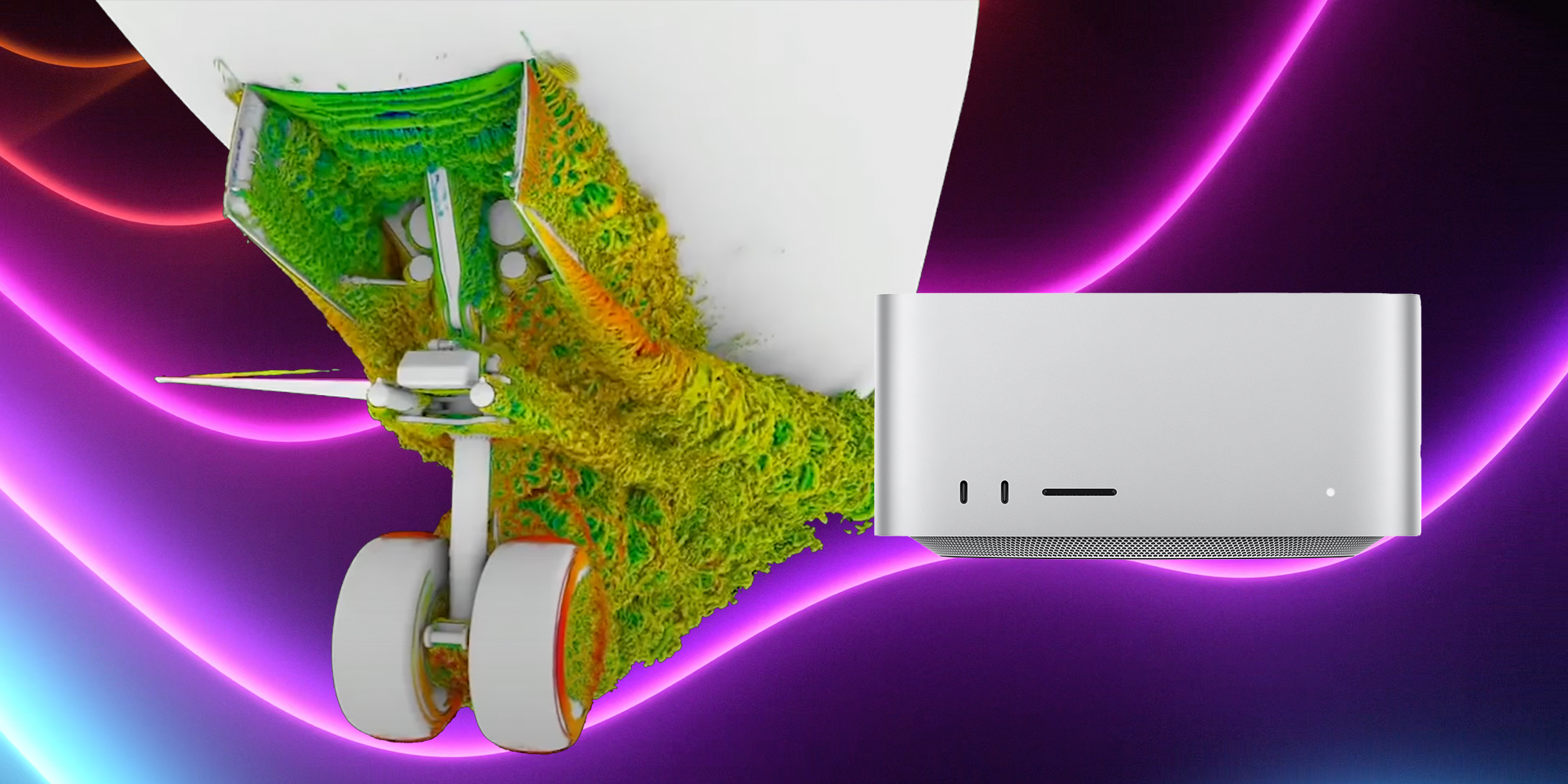The organization responsible for the standardization of the common interface that runs all video cards and modern SSDs drives is not interested in waiting for the potential of to be realized. PCI-Express 5.0 – and signals that it is already due for the next stage in development
The group PCI-SIG (or Peripheral Component Interconnect-Special Interest Group) has completed work on the PCI-Express standard next in line, the one that inherited the PCI-Express 5.0 which is in its infancy at this point – maybe already within a year from today. what is on the menu? Doubling the maximum effective bandwidth as has happened in every previous generation of technology, together with the use of new coding methods while ensuring backward compatibility to existing generations.
Standard E Official PCI-Express 6.0 adopts a new modulation technology of the electrical signals on the physical interface between the processor and the chipset in the motherboards and the external components that will be connected to them, as well as new coding technology of the digital information – when using the technique PAM4 (Phase Amplitude Modulation) as a replacement for NRZ (Non-Return to Zero) allows the duplication of the transmitted information without changing the fundamental operating frequency of the interface. In addition, the FLIT (Flow Control Unit) coding should reduce the existing overhead while maintaining maximum reliability of the information transfer, by applying CRC and FEC technologies for the various messages.

Even if it all sounds a bit like gibberish to you, the meaning in the bottom line should be clear to almost everyone – the active transfer rate in the PCI-Express 6.0 generation will double itself once again, to a level of up to 256 GB -Babyte per second in both directions under full X16 interface and 128GB per second in each direction, while future M.2 interfaces with physical PCI-Express X4 connection will be able to enjoy combined write and read speeds of up to 32GB per second in a Theoretically, up to 30 GB per second in a more practical way. 4 times the most advanced
Adoption of PAM4 modulation and new coding after three consecutive generations in which we have seen basing on the same NRZ modulation and the same coding 128b / 130b with modification At the pace of operation alone, it may no doubt be difficult for the various hardware manufacturers to provide us with a rapid and rapid adoption of the technology, but there is no doubt that it will eventually happen – and PCI-SIG believes it will begin as early as 2023, perhaps in the server world first. To the home market that interests us more at the end of 2023 or during 2024.
waiting for PCIe 5.0, dreaming of PCIe 6.0 on the horizon – or settle for the best-selling PCIe 3.0 and PCIe 4.0 as part of your next system? Share in the comments.













